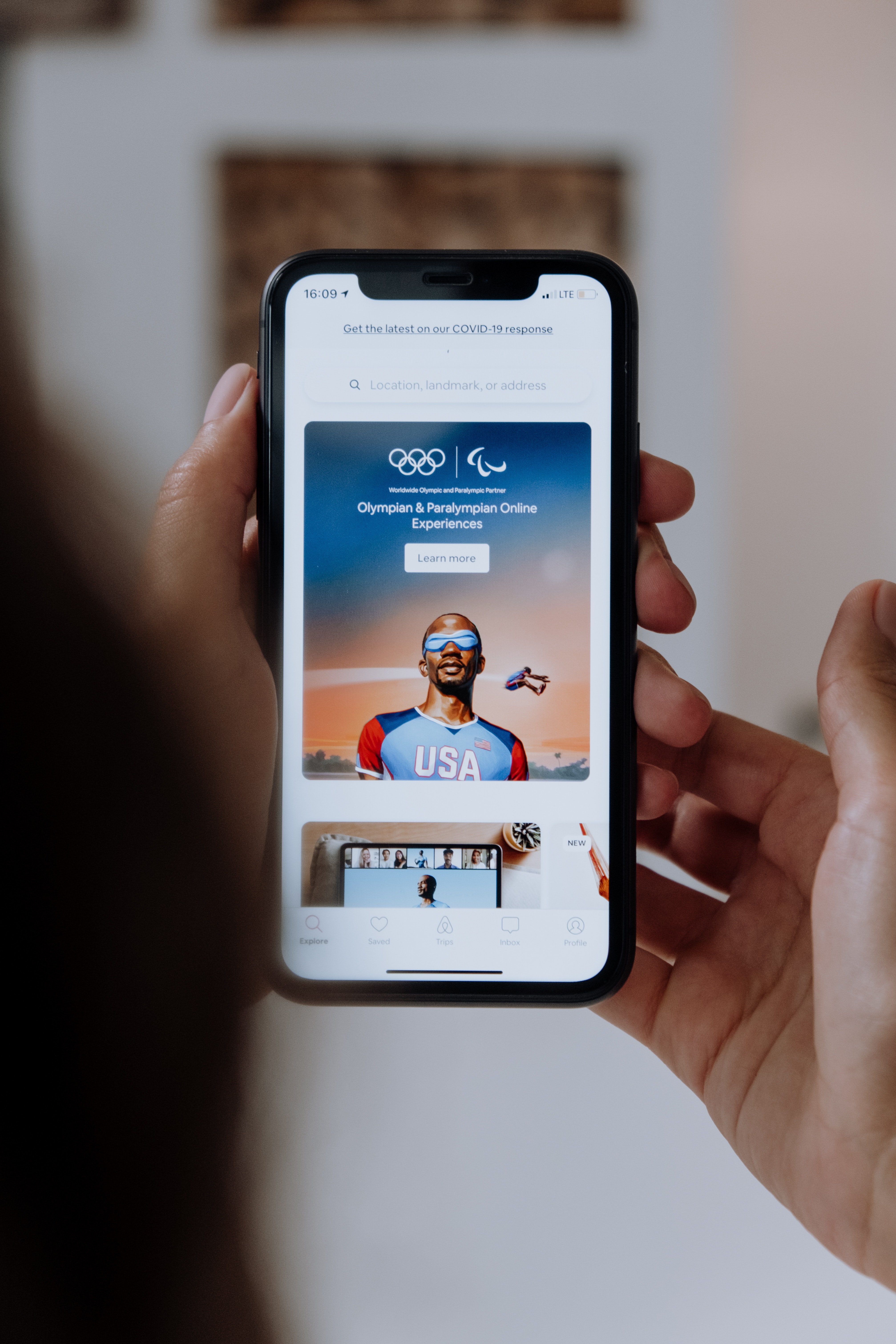Augmented reality is quickly becoming one of the hottest trends in the marketing and advertising industries, recognized as an innovative and creative way of connecting with customers and increasing engagement. The technology has significantly grown in popularity over the last few years, and the AR market is expected to continue this trend; it’s projected to reach $117.4 billion by 2022, as indicated by Markets and Markets research.
Giving advertisers and marketers an opportunity to create innovative campaigns that integrate the digital world into the real world, AR is popular with a wide range of consumers, from children and tech-savvy millennials to baby boomers – basically, anyone owning a smartphone.
Below, 11 Forbes Agency Council members discuss the different ways in which augmented reality can be used creatively in the marketing and advertising industries.
1.Three-Dimensional Thinking
On the display network, ads are generally shown in a two-dimensional interface. However, AR opens up a wide new range of possibilities in the third dimension. Where viewers could once only see ads directly ahead of them, they will now be able to see display ads in their peripheral vision. AR also allows for more detailed ads. This is due to the higher pixel/display size ratio seen in AR versus 2-D monitors. -Larry Gurreri, Sosemo
2. AR As Primary Storytelling Medium
As marketers and advertisers, we are all telling stories. AR gives you a more immersive platform to tell a story directing people to deeper content, game-like features, and bringing the consumers into the experience. We are all trying to determine the ROI of AR. If we connect it with the brand story and our owned properties, then we can start to show value through engagement and brand affinity. – Gina Michnowicz, Union+Webster
3. Virtual Tours In Brick-And-Mortar Shops
With augmented reality, agencies and marketers will be able to create unique experiences for buyers in brick and mortar shops by bringing in a digital virtual element. Creating virtual tours in the store can add an element of fun while allowing buyers to learn more about products or services. For example, Jura has an AR app that allows consumers to try on watches virtually and compare looks. – Joey Kercher, Air Fresh Marketing
4. Extending Live Experiences
Partnering with Snapchat as part of a larger campaign (think DC’s custom Harley Quinn filter for Suicide Squad) is a great use of AR. But the possibilities ahead are what I find most exciting. The great thing about AR is how it augments real life without taking away from what people are experiencing. It has the potential to extend live experiences in a way that feels enriching and authentic. – Chris Cavanaugh, Freeman
5.Experiencing Products In E-Commerce Settings
Allow your customers’ imagination to guide them as they virtually experience your product. This has been done by companies including Lego and IKEA, where you’re able to scan a catalog to see what the end product looks like or how it would fit into your room. AR studios’ promise of simplicity makes it accessible to more creative minds who could help bridge the experience gap in e-commerce platforms. -Ahmad Kareh, Twistlab Marketing
6. Use As A Creative Social Media Tool
Since agencies have already started to use Snapchat and Instagram in recent years, they can go even further with AR and implement it into their current social media tactics. Adding creative filters, animations, and interactions to everyday objects or products, while correlating to your brand values, can improve brand experiences. AR can be great for taking video strategies to the next level. – Solomon Thimothy, OneIMS
7. Product Placements
Not unlike high traffic areas such as Times Square or Santa Monica Boulevard where brands spend tens of thousands of dollars on advertising, augmented reality presents a new way for brands to get in front of potentially engaged users. Big brands need to become part of the reality experienced in new virtual or augmented worlds or they will be replaced by imaginary or new, innovative marketers. – Kristopher Jones, LSEO.com
8. Localized Stimulation Of Clientele
This possibility will allow businesses to profit with localized promotion and creative stimulation of clients in their vicinity. So many ideas can become reality that will be specific to what the client is doing normally around you and what type of client you’re looking for. The tourism industry will definitely benefit from this. – Jonathan Laberge, Reptile
9. Staying Focused On Strategy
No matter the medium, the brand’s strategy and messaging should always, without exception, be the first consideration of any advertising or marketing campaign. This means that advertisers must be as restrained as they are creative when bringing AR into the equation, remaining focused on highlighting the unique value of the product/service rather than the latest cool, new effect. – Chapin Herman, Herman-Scheer
10. Offering Unique, Memorable Interactions
AR is an increasingly popular vehicle to facilitate compelling, experiential brand interactions by superimposing a virtual element on top of a real world experience. The rampant overnight adoption of Pokémon Go and the enduring popularity of Snapchat filters and lenses are just two examples of how companies are successfully using AR to create new ways to connect with customers. – Joey Hodges, Demonstrate PR
11. Experimenting With Many Clients
It’s beneficial for agencies to experiment with new technology with as many clients as possible on a variety of small projects. This will allow great opportunities to learn about AR’s capabilities, benefits, and issues before investing in a larger scale project. – Jennifer Hawkins, Hawkins International Public Relations Inc.
___
Written by Forbes Agency Council
source: Forbes


